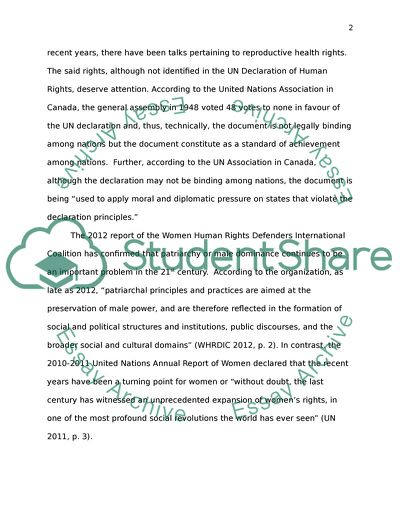Cite this document
(Womens Rights in Australia versus Saudi Arabia Research Paper, n.d.)
Womens Rights in Australia versus Saudi Arabia Research Paper. Retrieved from https://studentshare.org/social-science/1783326-investigate-the-differences-regarding-womens-rights-in-western-cultures-compared-to-arabic-cultures
Womens Rights in Australia versus Saudi Arabia Research Paper. Retrieved from https://studentshare.org/social-science/1783326-investigate-the-differences-regarding-womens-rights-in-western-cultures-compared-to-arabic-cultures
(Womens Rights in Australia Versus Saudi Arabia Research Paper)
Womens Rights in Australia Versus Saudi Arabia Research Paper. https://studentshare.org/social-science/1783326-investigate-the-differences-regarding-womens-rights-in-western-cultures-compared-to-arabic-cultures.
Womens Rights in Australia Versus Saudi Arabia Research Paper. https://studentshare.org/social-science/1783326-investigate-the-differences-regarding-womens-rights-in-western-cultures-compared-to-arabic-cultures.
“Womens Rights in Australia Versus Saudi Arabia Research Paper”, n.d. https://studentshare.org/social-science/1783326-investigate-the-differences-regarding-womens-rights-in-western-cultures-compared-to-arabic-cultures.


